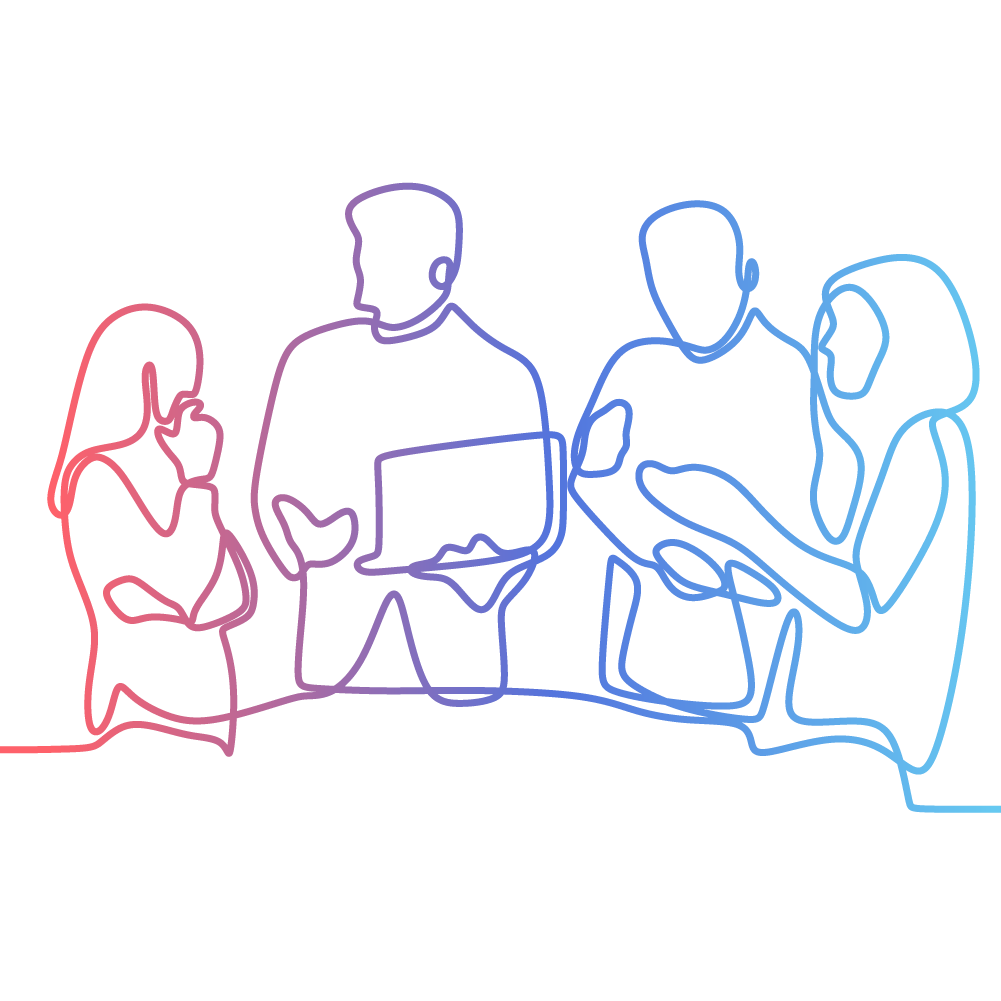Micro-moments. Technology has changed the way people make buying decisions
Micro-moments are critical touch points within today’s consumer journey, and when added together, they ultimately determine how that journey ends.
Arguably the biggest shift in strategic thinking in digital marketing is what is commonly termed “micro-moments”. Micro-moments are critical touch points within today’s consumer journey, and when added together, they ultimately determine how that journey ends.
Google research shows we check our phones 150 times per day, for an average of not much more than a minute. Yes, we agree, it’s a LOT, but hey, it’s Google and they should know.
Driven by having the technology in their fingertips, consumers are on multiple different channels each day – Google, Facebook, Twitter, Instagram, news websites and so on. A thought pops into your head about dinner and you look up a recipe. At the gym, you think “I need new sports shoes” and look them up between sets. While waiting on a friend for coffee, you’re cruising Facebook. After seeing an ad on TV, you look up the product for more info. You get an SMS from a friend about your favourite band coming to town and go online to book tickets to a concert.
Considering how many micro-moments there are in a day, how do you know what ones to target for best results? You don’t, but Google and Facebook et al do. We explain it to clients like this: Google and Facebook don’t know “who customers are”, but they do know “what your customers are” and “where your customers are”.
In order to take advantage of these micro-moments you need to be adjusting your digital marketing to adapt to when, where and why your customer is on the journey to making a purchase.
When
Where
Should you also take into account that the closer the customer is to your business the more you spend on advertising? If you have a physical location that customers can visit, fine-tuning click spend based on proximity to your business may very well make sense. After all, they are right there. The implementation of such a strategy, like any other, shouldn’t be set-and-forget however. Results should be analysed and the strategy tweaked accordingly.
Why
These are just some of the basic examples of how looking at all the touchpoints you have with your successful sales can better inform you how to lead people through the sales funnel and significantly boost conversion.
What's next, Kook?
A meeting with us costs NOTHING. Even if you have an inkling you aren't getting the results you'd expect, let's have a chat.





